Our friends Ruth and Joe vacationed in Turkey many years ago and fell for twisty rings of sesame-encrusted bread called simit. Nothing like it, they say. A beloved street food, these “Turkish bagels” entice passers-by to grab them from little trolleys, or from vendors carrying them on wooden sticks or on trays balanced on top of their heads.
Out of the blue, Ruth surprised us with a simit (the word is both singular and plural) from a local bakery. While simit looks rather bagel-ish, it has little of the heft of a bagel. It nearly levitates off your plate. Its chewy crust, which tickles your tongue with subtle sweetness, encases a fluffy interior.
Hooked, we had to make simit a part of everyday snack life. And happily, it’s simple, fast (for a yeast bread) and quite fun to make. So you go from craving to snacking in just a little over two hours.
No boiling, just a molasses bath
There’s no boiling step, as with bagels. The dark color, hint of sweetness, and crunchy crust come from dunking the dough into a molasses bath before dredging in sesame seeds. A last-minute misting with water turns the crust extra crispy. If you don’t have a spray bottle, it’s worth getting one just for this. With CVS coupons, ours cost less than two dollars.
And while we’re talking money, watch where you buy your sesame seeds. Avoid getting scalped by supermarket spice aisles. Better to buy a bag from an international market. Store it in the freezer to keep the seeds fresh.
Versatile nibble
So how do you eat simit? Pull it apart and snack on it plain. Or split it like a bagel and spread on jam or cheese. Traditionally, simit gets served with tea.
Around for hundreds of years, simit has probably found its way into all kinds of meals and noshing opportunities.
And maybe these days…even with lox and cream cheese.
Thanks, Ruth and Joe, for awarding us your simit your seal of approval. Don’t be surprised if you find some at your door from time to time.
A note to bread bakers: You might be surprised that the sponge contains no flour and looks like a yeast proofing stage. But, as we know, instant yeast needs no such activation. We saw this step in just about every recipe, so it might be just a vestige from the past. But since this brief pre-ferment may help to make the interior so fluffy, we chose not to mess with success.
Simit, Turkish Bagels
Adapted from “Turkish Simit Breads,” King Arthur Baking Company
Special equipment: Spray bottle for misting dough
Suggested: Dough whisk if kneading by hand
Sponge
- 1 tablespoon instant yeast
- 1 tablespoon sugar
- 1/4 cup water (57g)
Dough
- Sponge (see above)
- 3 cups all-purpose flour (360g)
- 1 cup bread flour (120g)
- 1 teaspoon salt
- 2 tablespoons olive oil (25g)
- 1 cup + 2 tablespoons water, lukewarm (255g)
Molasses Bath
- ½ cup molasses (172g)
- 2 tablespoons water (30g)
- 1 tablespoon flour (9g)
Topping
- 1/2 cup (or more) sesame seeds (75g), toasted*
*Toast seeds for 3-4 minutes in a skillet over medium heat until lightly browned, stirring to brown evenly. Watch closely and lower heat if they start to brown too quickly. Immediately transfer seeds to a plate to cool.
- For the sponge, mix ingredients in a small bowl, cover with plastic wrap, and let sit for 10 minutes.
- In a large bowl (or bowl of a stand mixer), combine all dough ingredients, including the sponge when it is ready. Mix until the dough comes together. Since this dough can be sticky, we recommend starting with a dough whisk if you mix by hand.
- Knead for about 10 minutes by dough whisk/hand, or 8 minutes at medium-low speed in a stand mixer, until the dough is smooth and elastic.
- Place the dough in a lightly oiled bowl, roll dough around in it, cover with plastic wrap, and let rest for 30 minutes.
- Line two baking sheets with parchment paper, sticking the paper on with a drop of vegetable oil.
- Make the molasses bath by stirring molasses and water together in an 8-inch round cake pan or pie dish.
- Pour the sesame seeds into another cake pan or pie dish and spread them out.
- Deflate the dough and roll it with your hands into a log about 20 inches long. Cut into 10 equal pieces. Form each piece into a ball, loosely cover with plastic wrap, and let rest for 10 minutes.
- On a lightly floured surface, roll each ball with your hands into a rope about 15 inches long. Then go back and roll each relaxed rope to 30 inches long.
- Fold a rope in half and pinch ends together to seal. Twist the ends of the folded dough in opposite directions to make a spiraled rope. Join the ends to form a ring about 5 to 6 inches in diameter, pinching ends to seal. Dip ring into the molasses bath, turning over to coat. Then dredge in the sesame seeds on both sides and place onto a prepared baking sheet. Repeat to form all 10 simit.
- Let rise for about 45 minutes, or until almost doubled. Halfway through, preheat oven to 450°F.
- Spray the simit with cold water and bake for 10 minutes.
- Rotate the baking sheets, swap their positions, and reduce the temperature to 425°F. Bake 8 to 10 minutes more, or until brown. The molasses darkens their color, but watch that they don’t burn. Remove from oven and serve warm. Leftovers will keep for up to a day on the counter in a paper bag. Freeze in a plastic bag for longer storage.

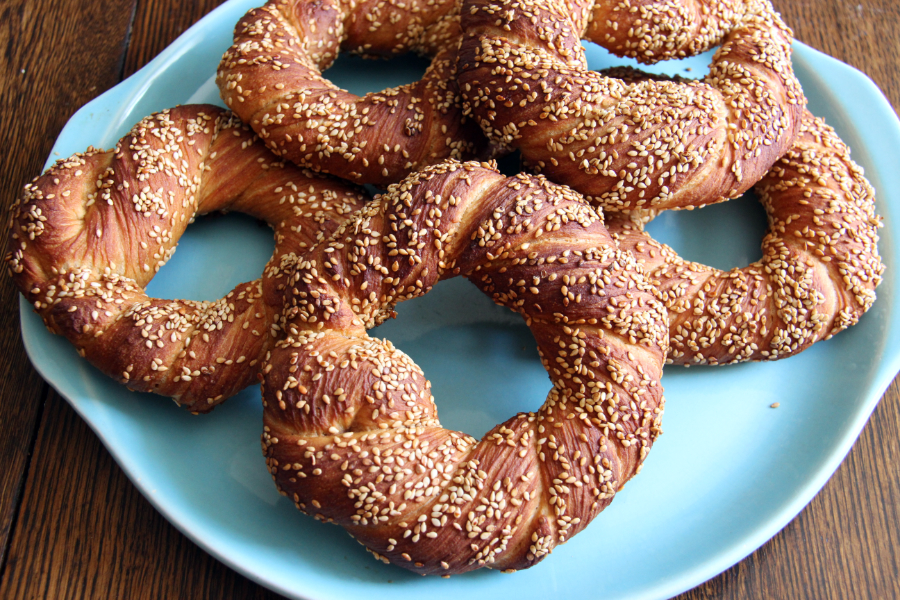
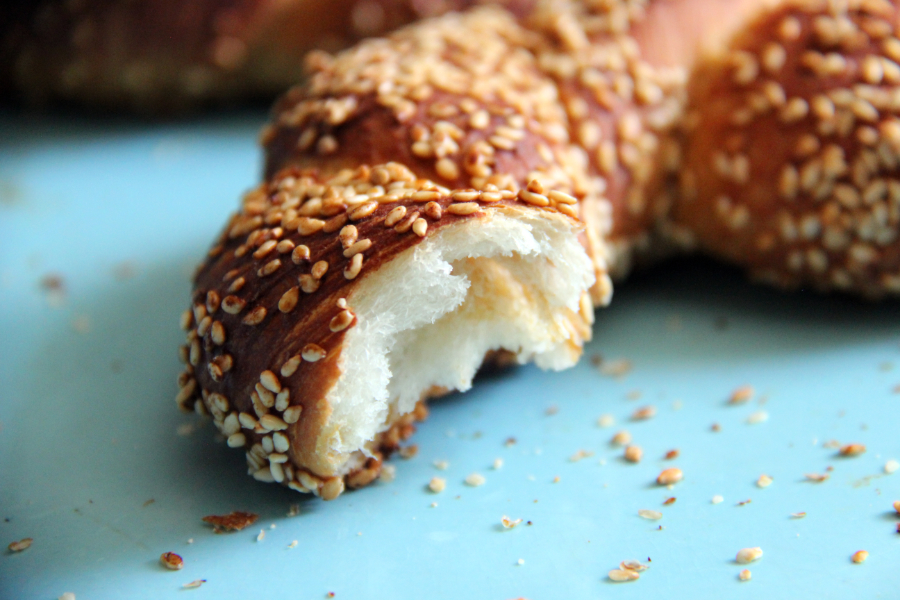
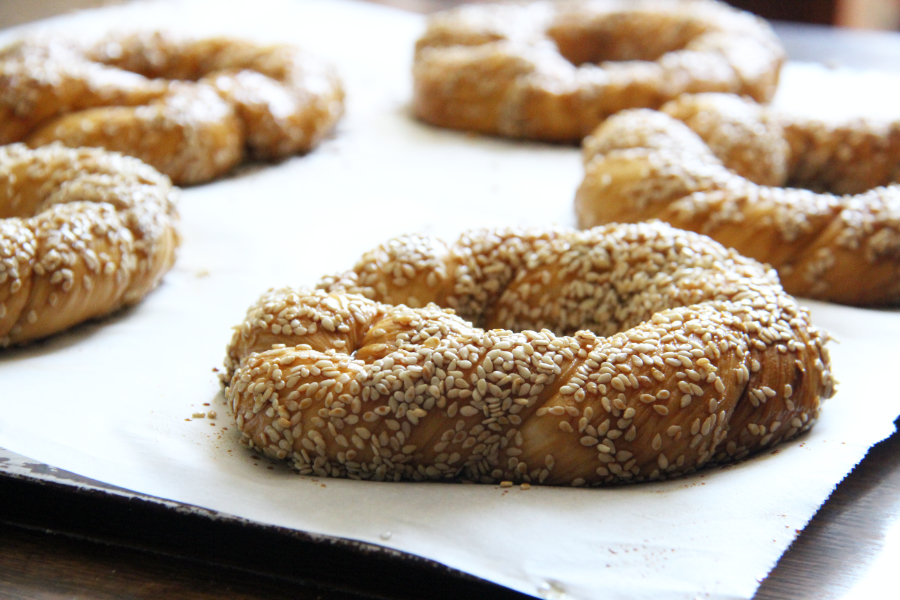



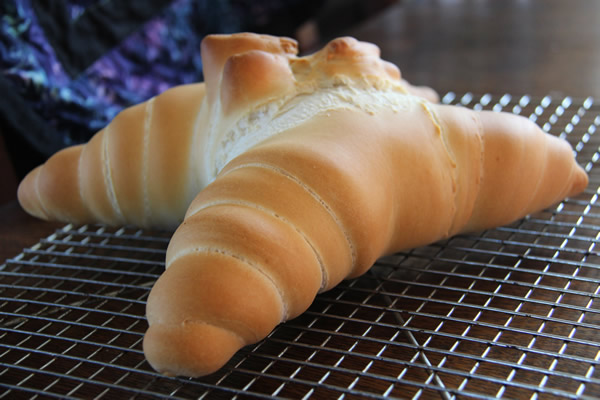
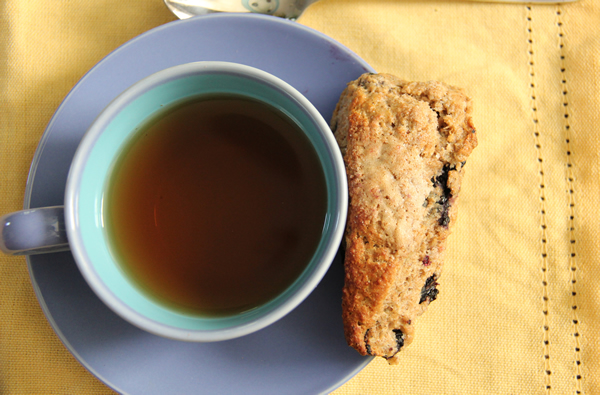
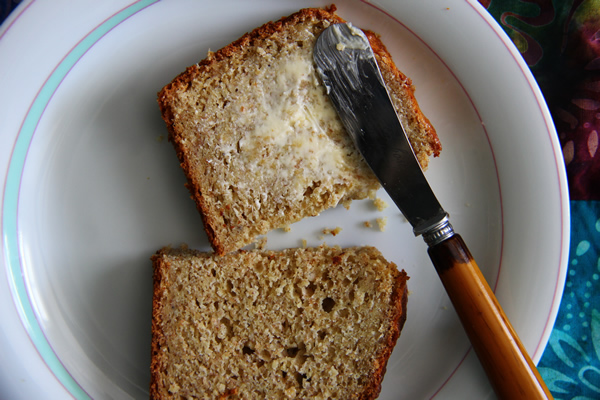
2 Comments
christiane
cannot WAIT to try this!!!
Diane Brody
Dear Christiane,
OMG, the pressure is on! I hope it works as well for you as for me. And, since you know so much more about simit than I do, please let me know if there’s anything I can do to make this more like the “sim-sim” of your youth!
Thanks so much for commenting. You are my cooking/baking idol!
Love,
Diane